Wallingford is a historical market town located in Oxfordshire and built along the river Thames. Wallingford has much history dating from the Civil War, and most of the history of the town (or what it is remembered for) relates to this period in history, and in part, this relates to its famous castle, which was once one of the most famous and developed strongholds in England. The castle's rich history and demise also relates primarily to this period of history, although the castle is much older than this. Today, very little remains of the castle, but the grounds have been donated to the city of Wallingford for the local community to enjoy the large parkland.
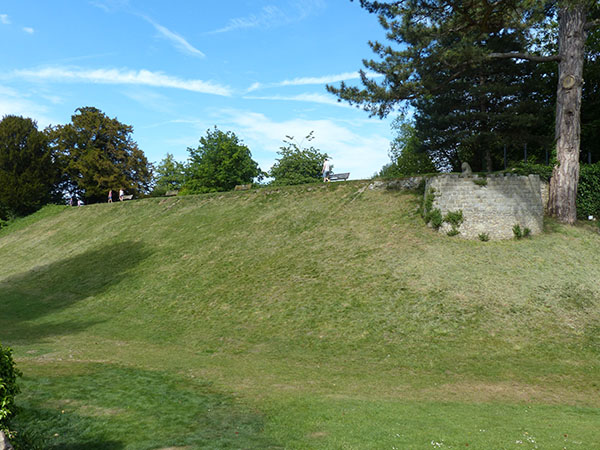
There are many legends relating to the Civil War period in the town, including in the High Street's George Hotel. This hotel has the "Tears of Heartache", dating from this period when a royalist was murdered in the hotel and his betrothed became so upset that she mixed her tears with soot from the fire and painted the wall with teadrops; these can be seen 400 years later.
The town is also associated with Highwayman (the name for a travelling robber who would rob carriages on the highways into London) Dick Turpin. It is said that he escaped from a hotel on his horse here, and he also used tunnels under the town to make his escape. While there are some underground tunnels under some buildings in town, there's not really any concrete evidence to this story or what purpose some of these tunnels served.
Just outside the old walls of the modern day castle park is Old Hallow's Church. The only remains of it are a couple of gravestones and a memorial. The church was located next to the College of St. Nicholas, and it provided the priests for the church; both were dissolved due to Henry VIII.
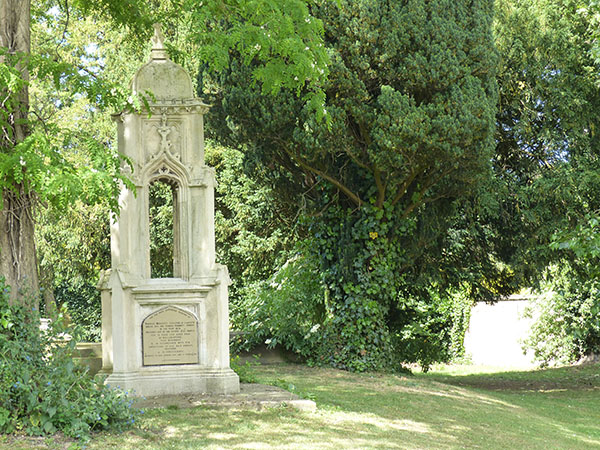
Wallingford Castle dates from around 1067 when William the Conqueror ordered it built. In the 13th century, it was a Royalist stronghold during the Civil War. The College of St. Nicholas is also in the castle grounds, and its ruins can be seen today. The castle was enclosed by walls and had a motte and bailey structure. The castle was the last stronghold to be conquered by Cromwell during the Civil War. It was ordered to be demolished afterwards.
In 1652, the castle was ordered to be demolished. However, before it was demolished, the largest ever jousting competition was held in the grounds in honour of King Edward II. Piers Gaveston put on the large jousting competiton here for the king; it was actually rumoured that he and Edward II were lovers, and men could not love other men in this day, and the relationship with Gaveston made others angry at this time. Gaveston was therefore beheaded.
In 1977, the owners of the castle grounds presented it to the local council for all to enjoy, and the only "payment" was for the council to plant a flowering shrub each year on the grounds on Michelmas Day. Prior to this, it was a landscaped Victorian garden. Today, the larger grounds is also used for wildlife and cattle grazing, but in the castle's heyday, it was a lavish home for royalty and nobility as well as a stronghold.

After entering the castle grounds from the closest gate from the town and parking, visitors are presented with a large mound with stairs up and part of an old tower. This is part of the old wall that used to surround the castle.
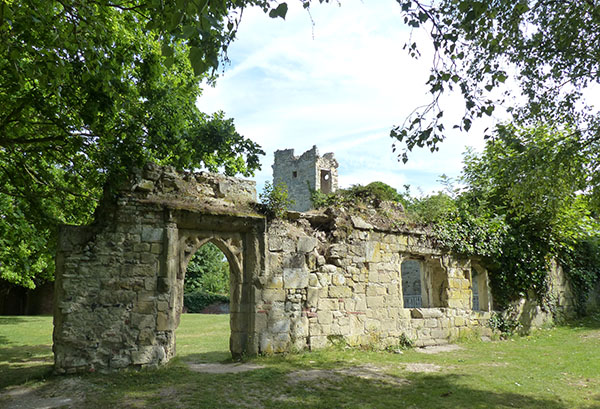
Just behind the plateau of land (on the other side) are some ruins. These ruins are not ruins of the castle but are ruins of the College of St. Nicholas. The college was disbanded after Henry VIII ordered all monastaries to be demolished.
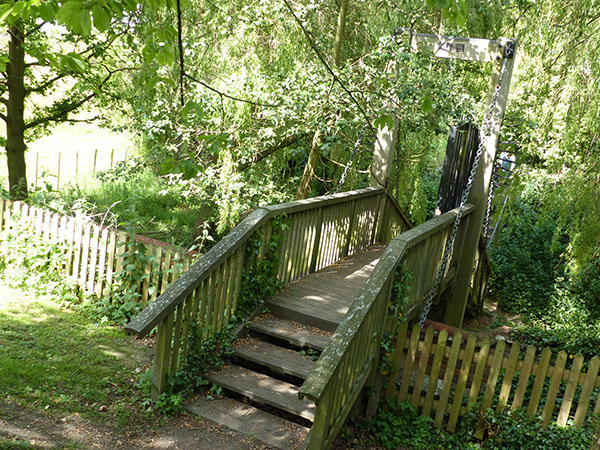
Opposite the ruins of the castle is a wooden walkway. This walkway spans down and across the former moat and to the motte and bailey site, which would have been the oldest part of the castle. This large hill can be walked up to stand where the castle's tower once stood, and it is a long way up, winding up a circular pathway around the hill until the top.
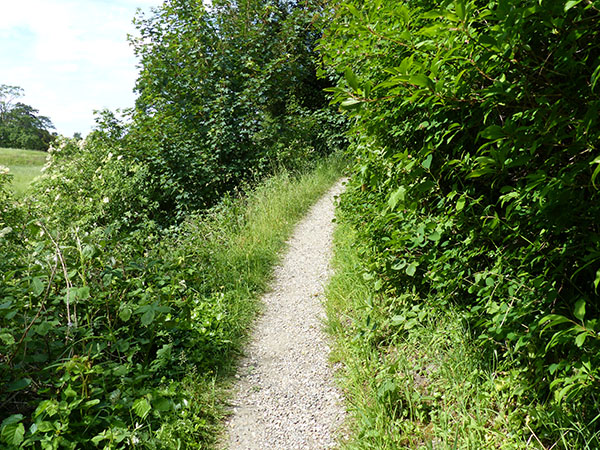
The view from the top looked out over the town and river Thames (to the left in this photograph). This viewpoint would have been important for William the Conqueror to defend the area from the river, so it was an important strategic location.
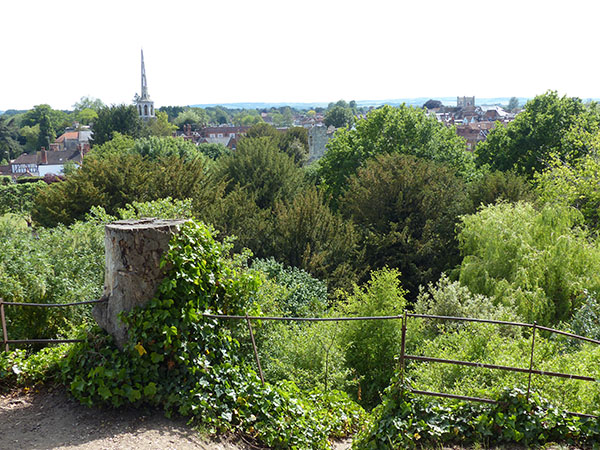
After walking down from the old motte-and-bailey part of the castle, I walked toward the large part of wall to another footpath area to access the fields. Cattle were grazing on the fields when I visited, and I went to explore these remains of the castle's inner and outer baileys. Not much remains of these areas of the castle as it is just pasture today, but the earth has been worked, so visitors with imagination (through the help of the various boards dotted around the site) can envision what it was like.
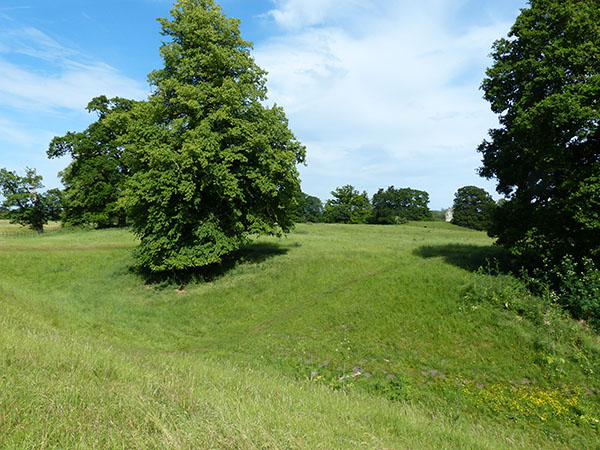
Only a couple of ruins of the castle remain in the grounds in between worked earth, which marked where additional walls were and additional moats. These moats between the walls would have been connected to the River Thames. In the below photograph, this part of the outer wall is all that remains of the royal apartments. This area would have also contained the kitchens and great hall, and it is located on the river side of the site.
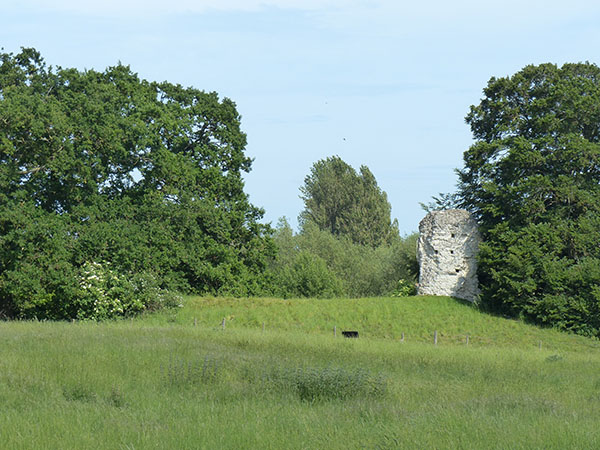
Looking further afield were banks and ditches, marking where moats and walls used to stand. Beyong would have been the hunting grounds of the castle.
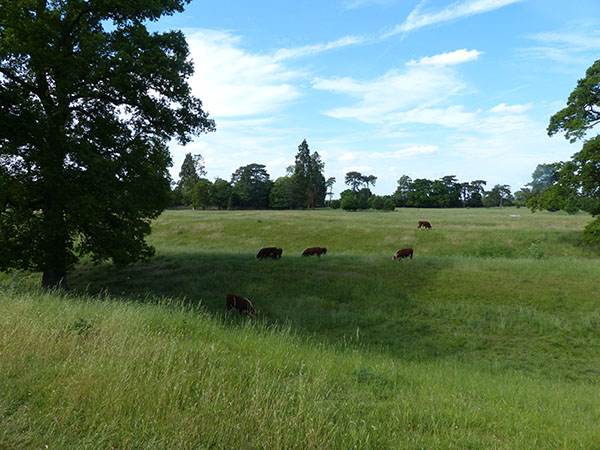
Below is another small section of ruin, part of the outer walls.
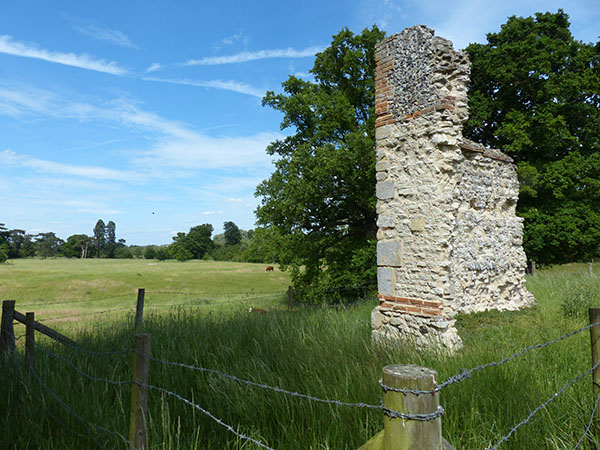
This short walk meant that I went back to the original location where I entered the grounds. The moat here is reinforced by a newer wall.
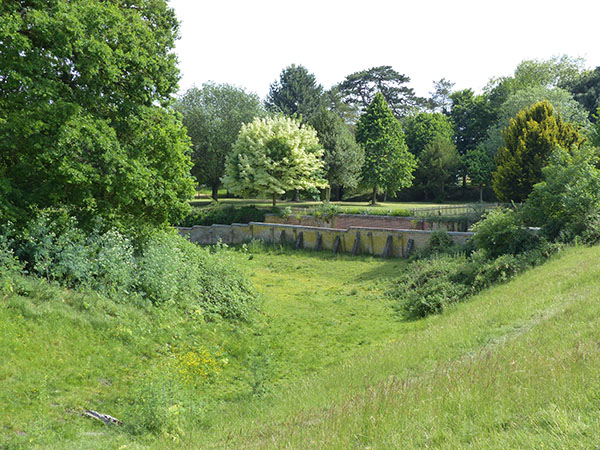
On my way out, I noticed a lion peering from the castle's tower on the old remaining section of wall.
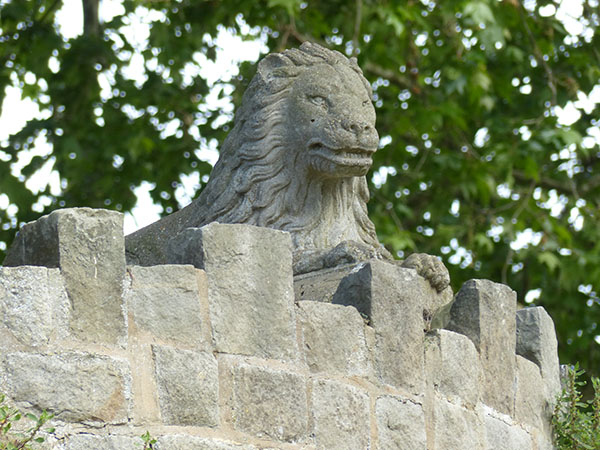
This would have been a fantastic castle to see and visit, and I am sad that it was destroyed and hardly any ruin of it remains to be seen today. However, it was a nice little walk around the site to try to envision it as a bustling castle grounds that saw festivities and conflict.
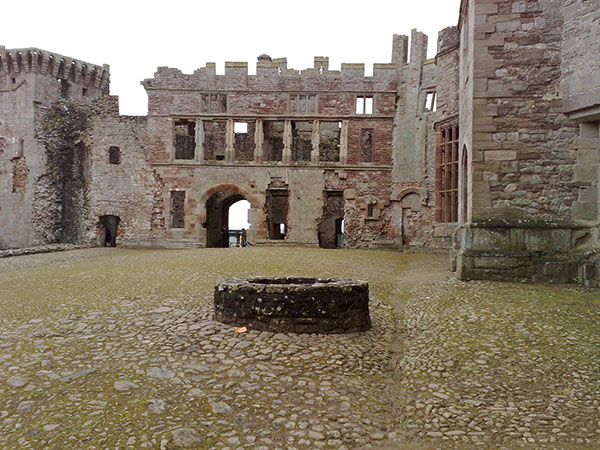
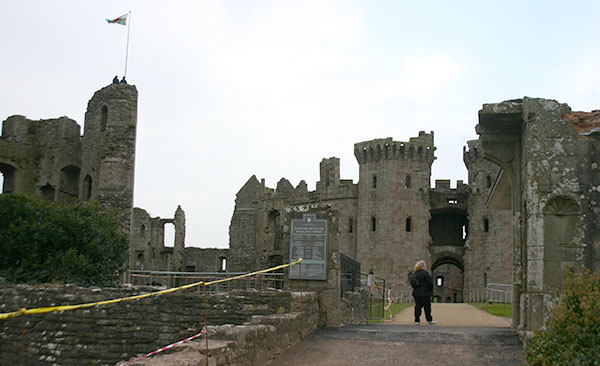
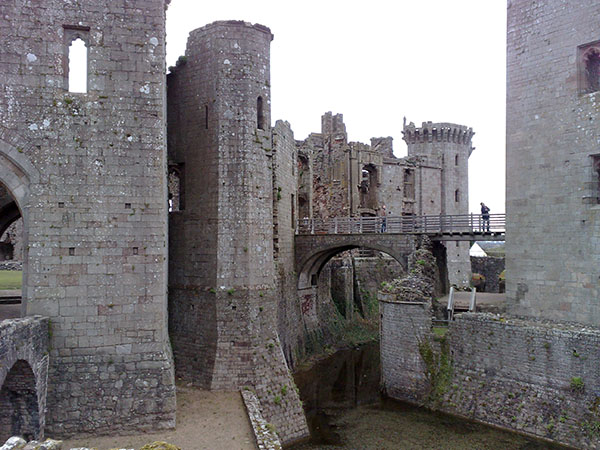
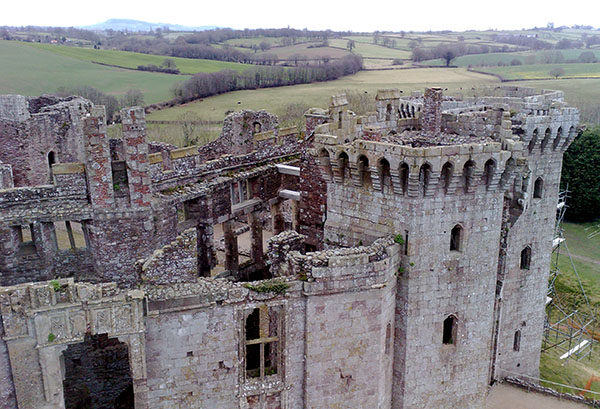
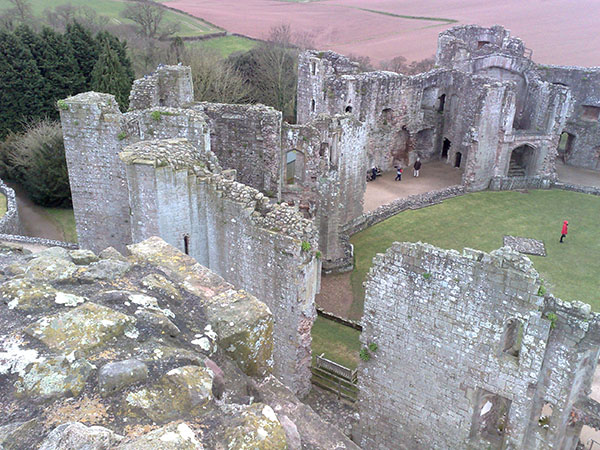
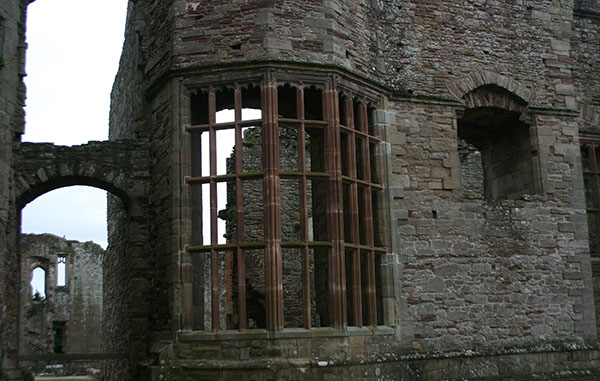
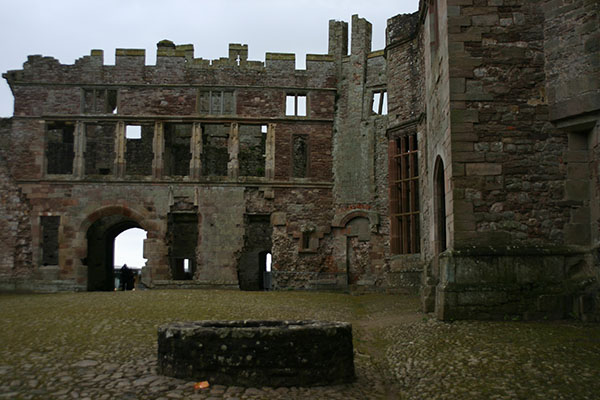

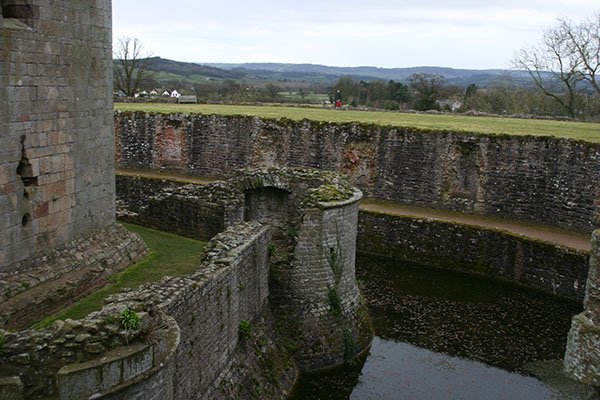
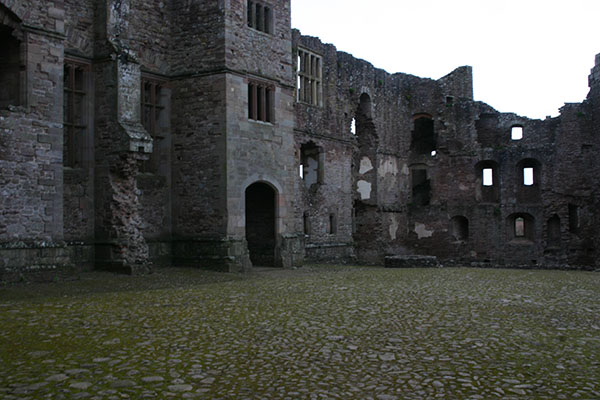
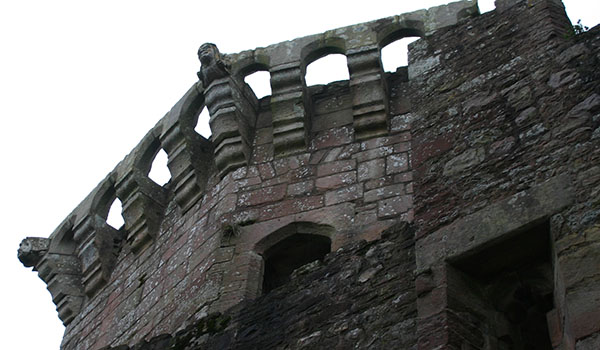
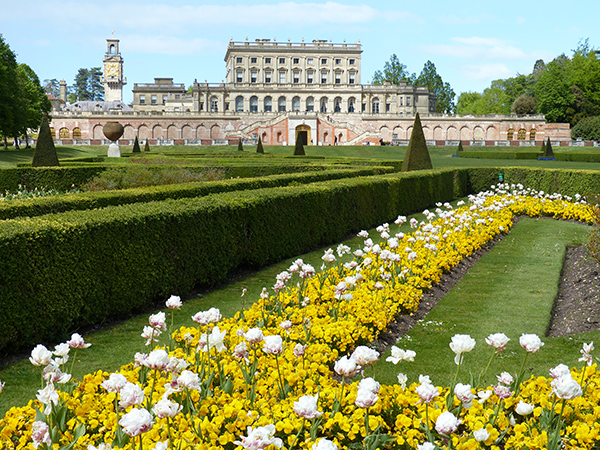
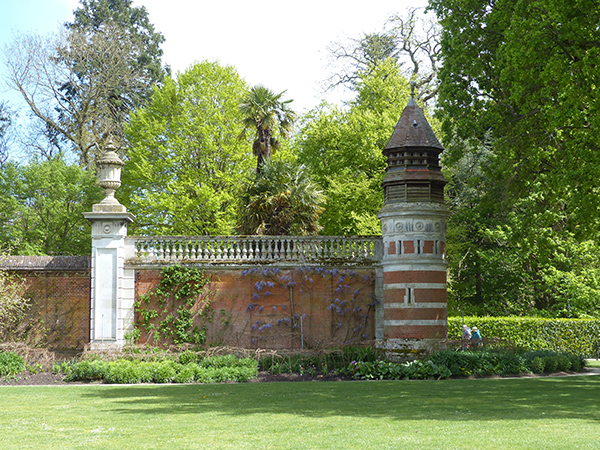
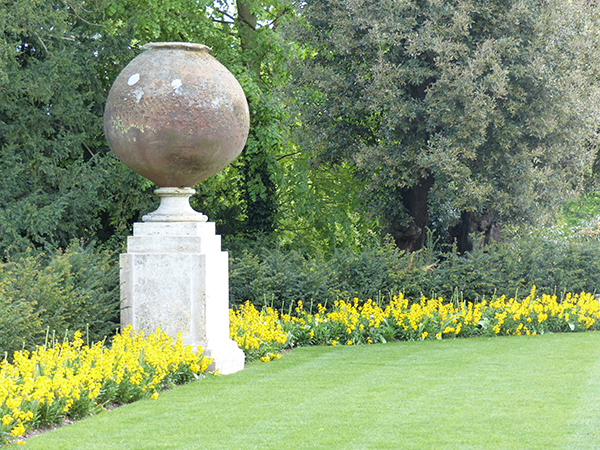
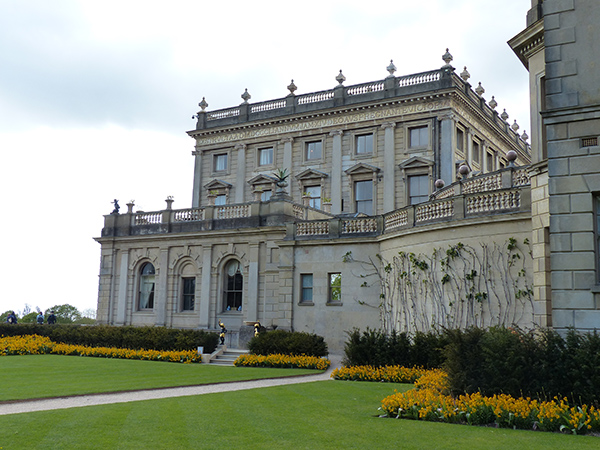
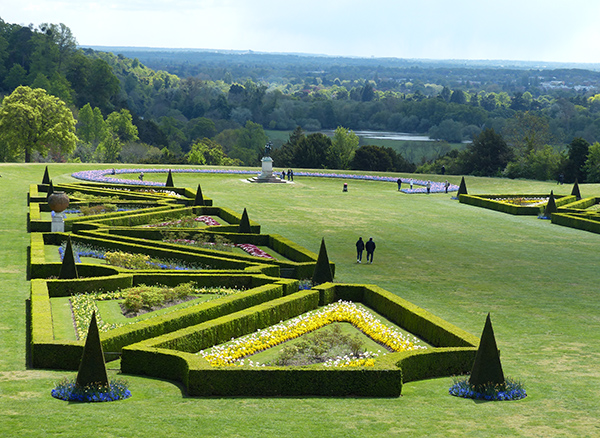
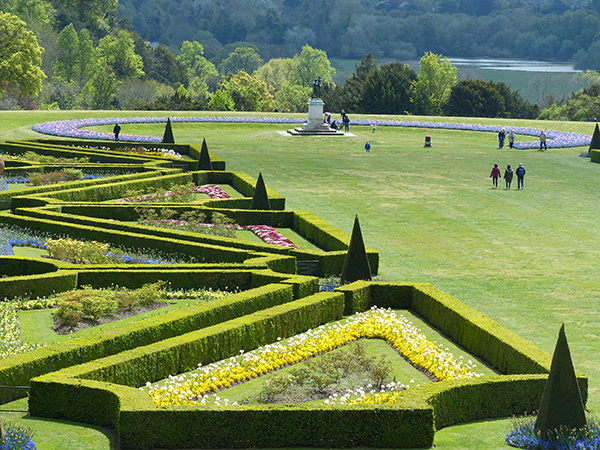
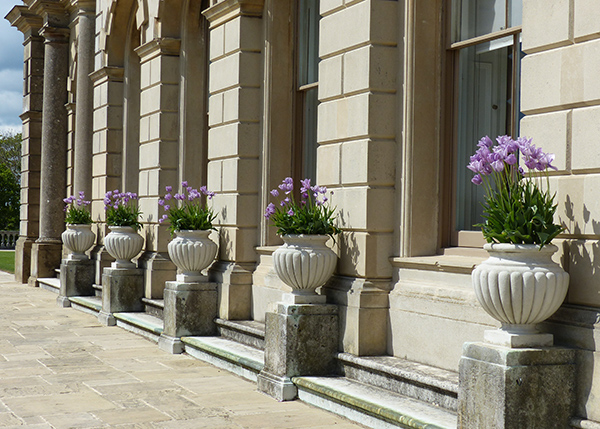
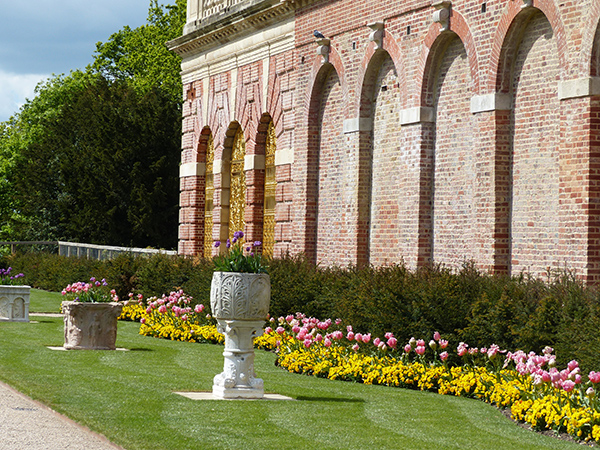
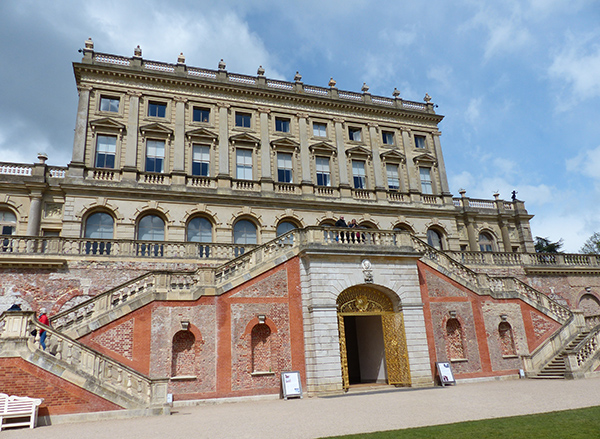
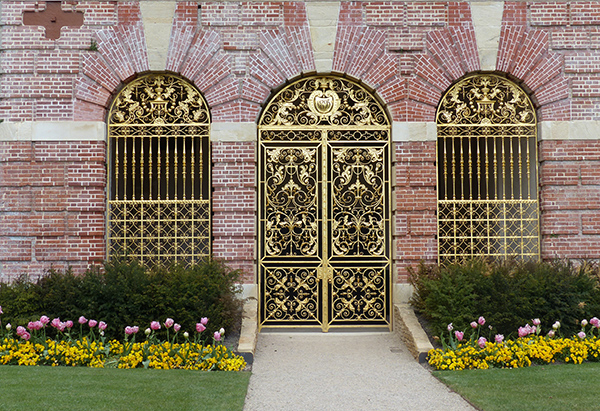
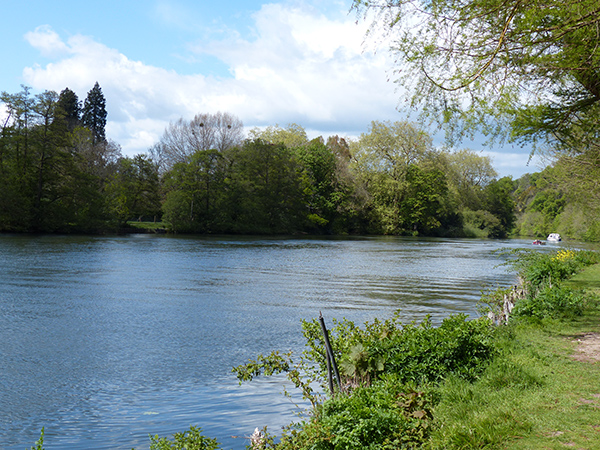
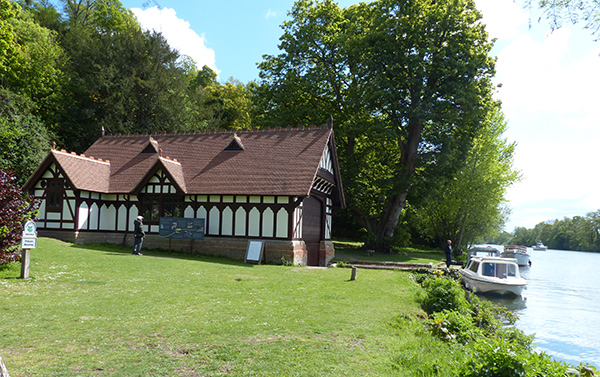
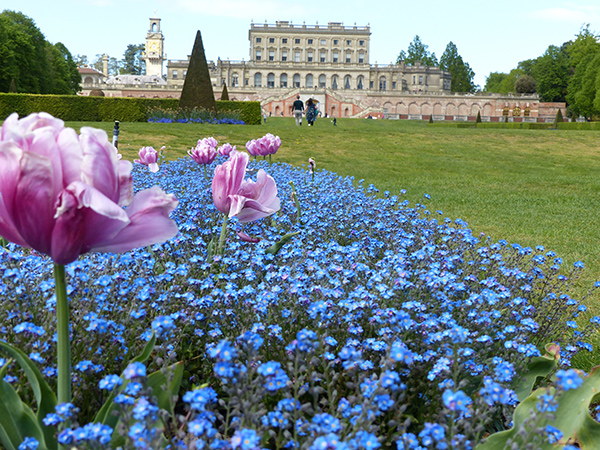
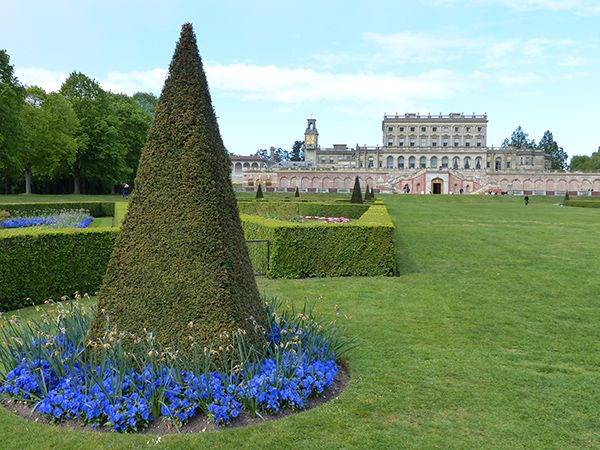

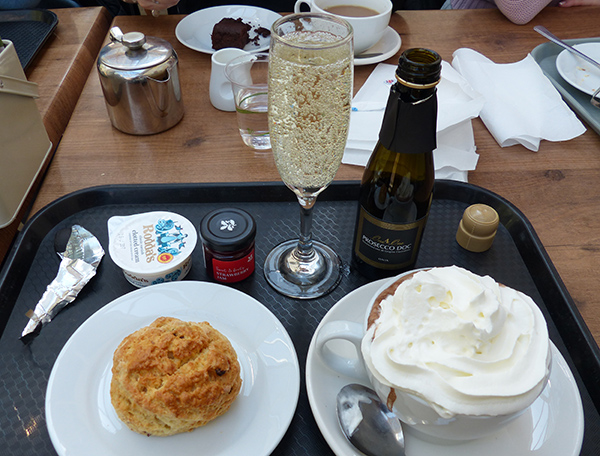
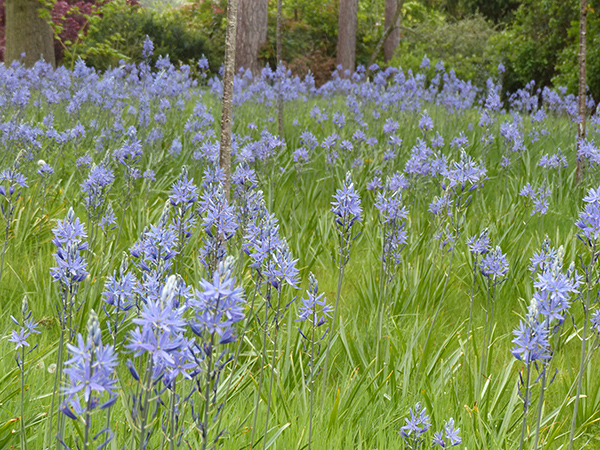

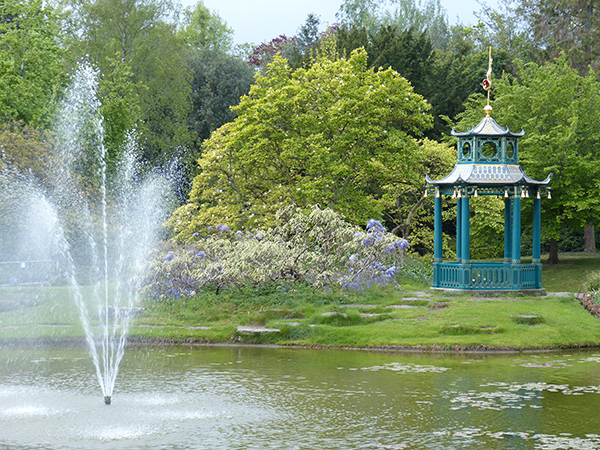
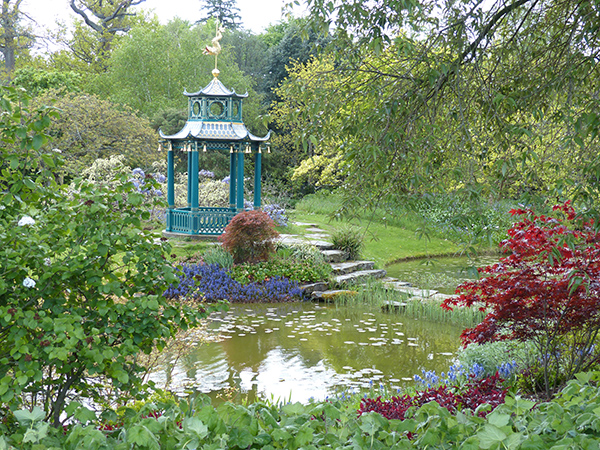
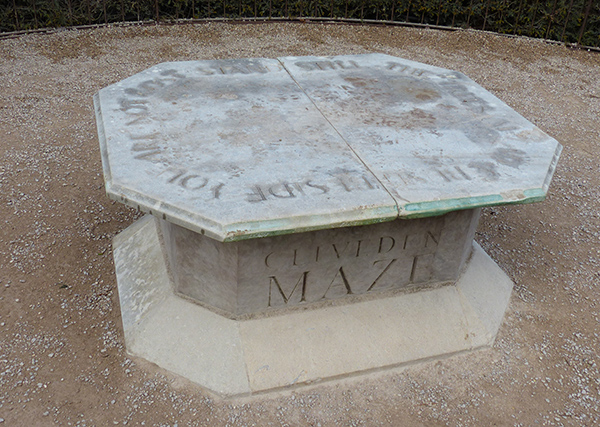
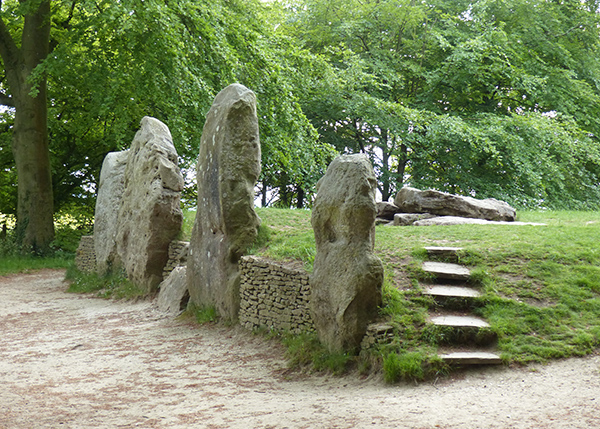
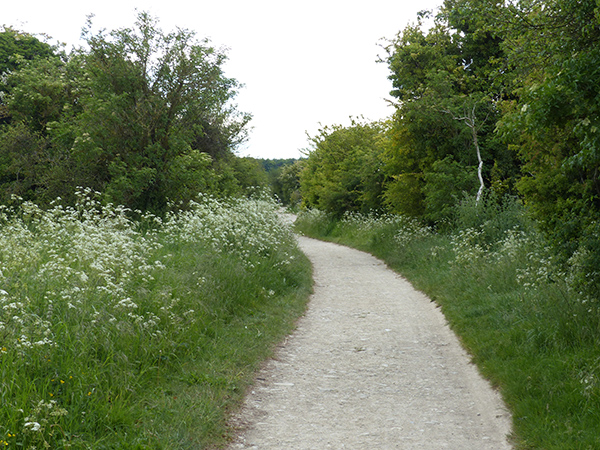
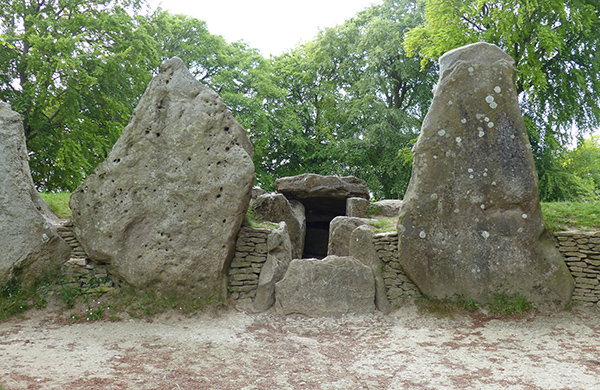
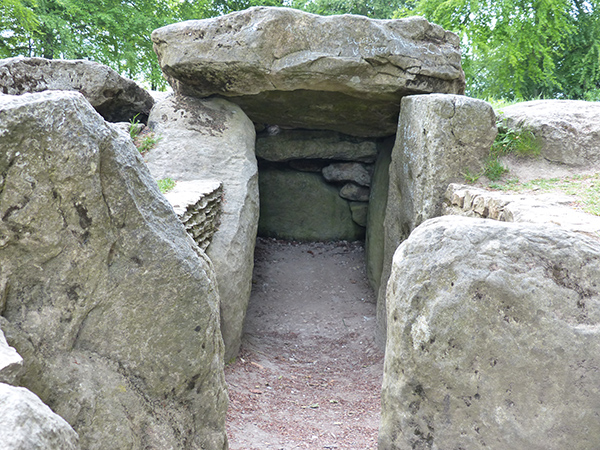



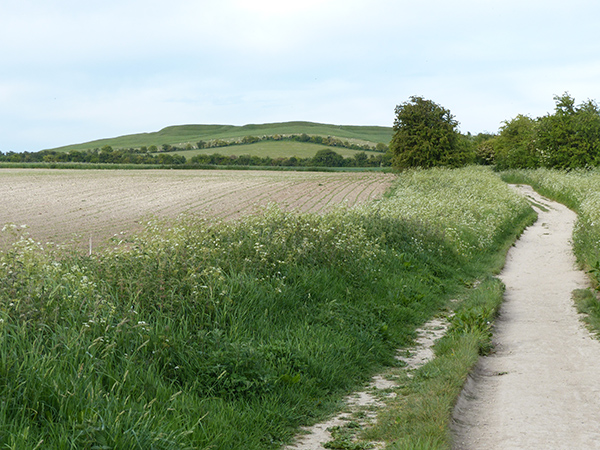


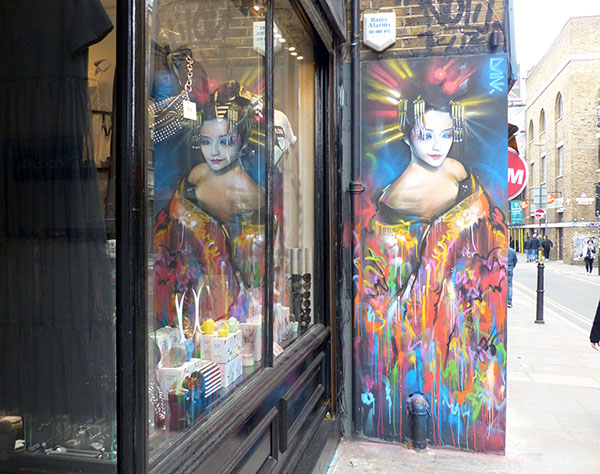
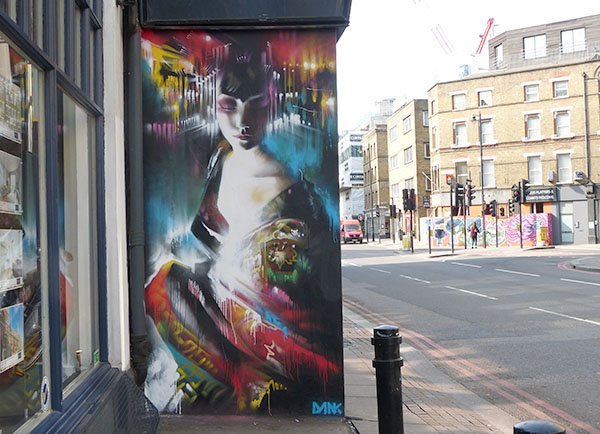

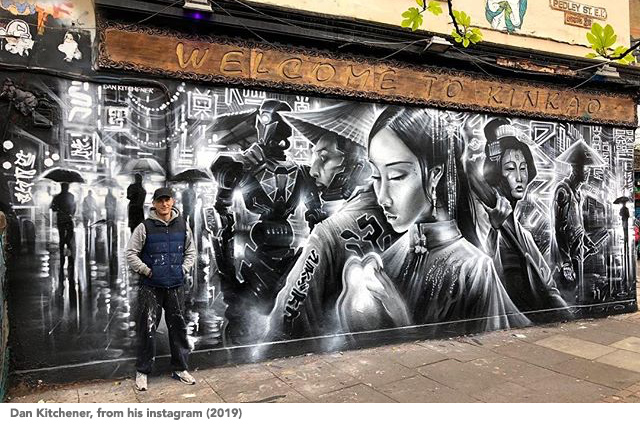
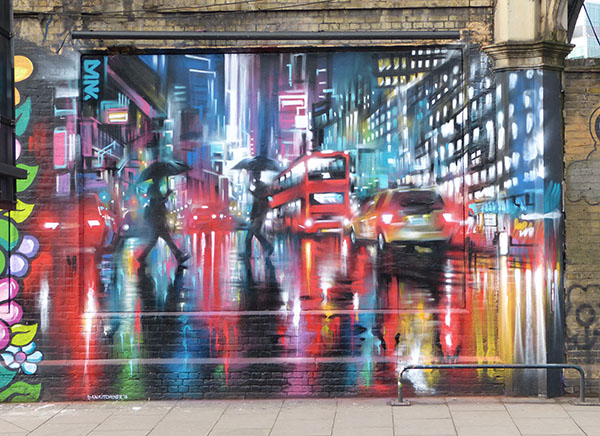
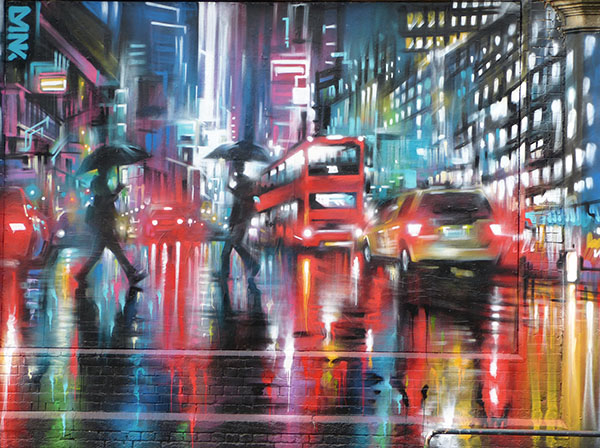
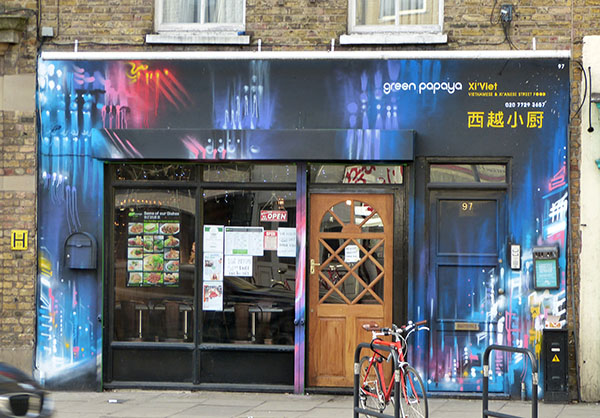

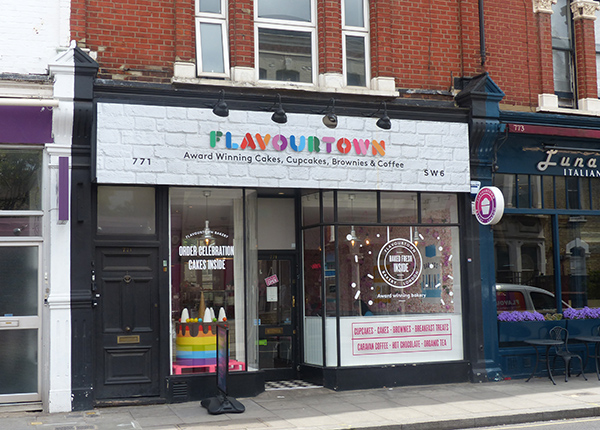
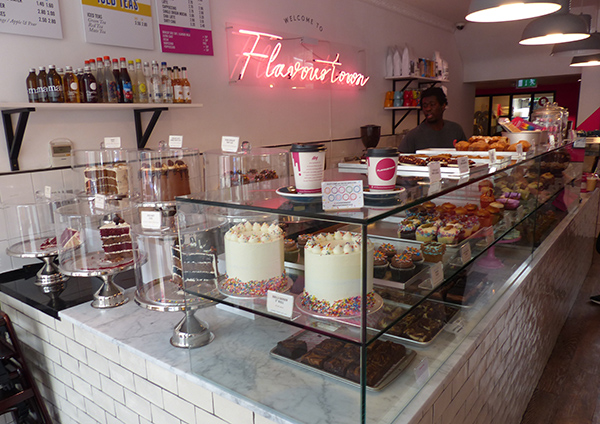






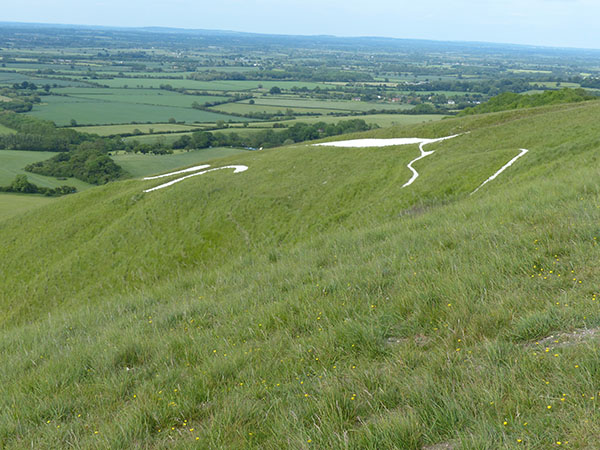
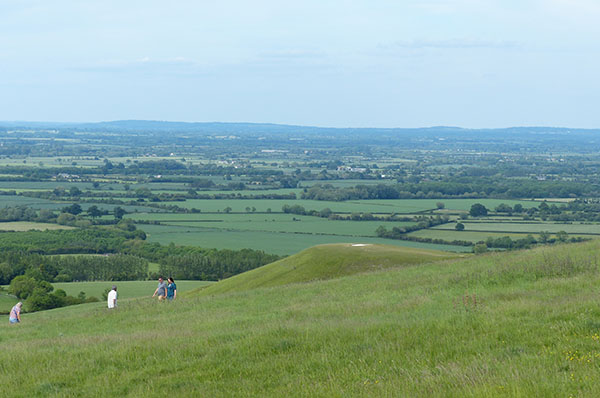
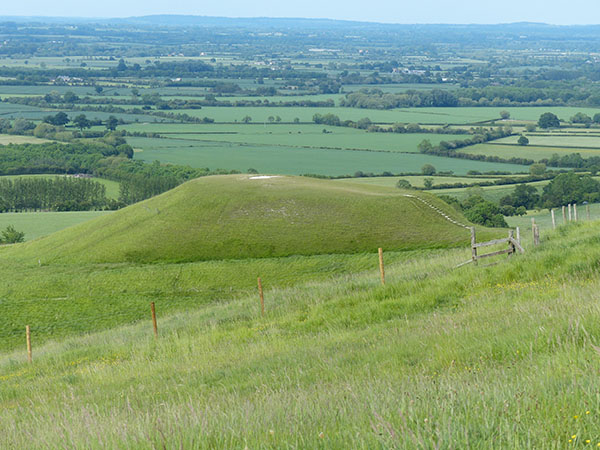
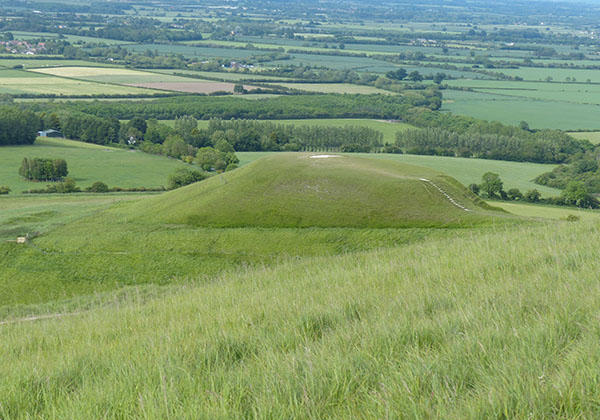
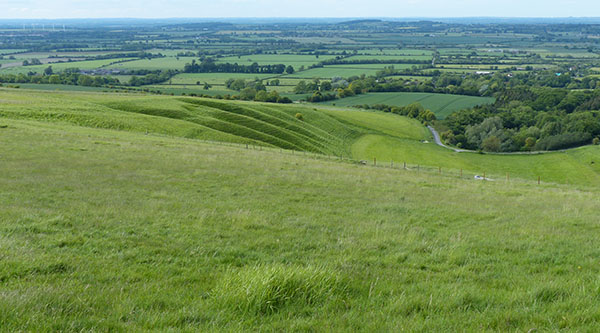

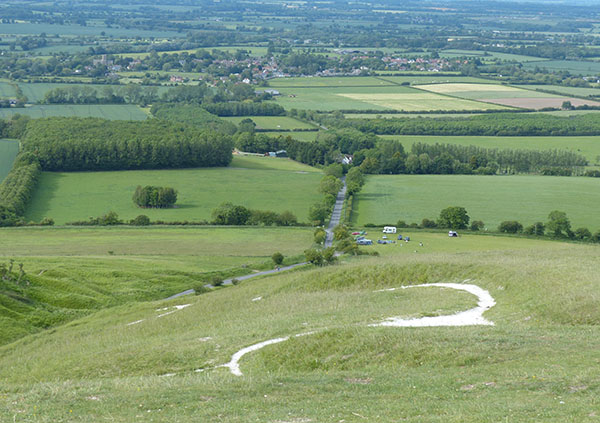

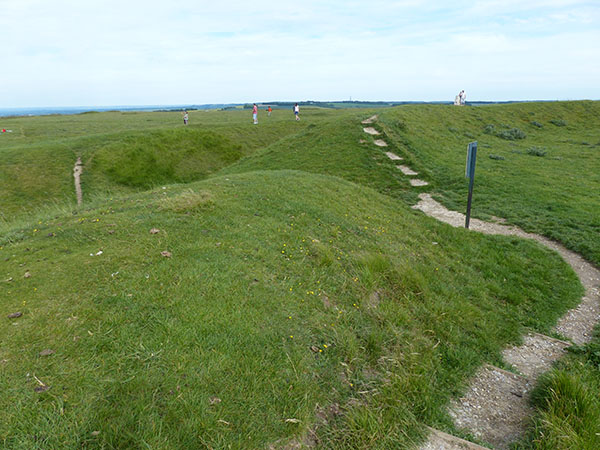
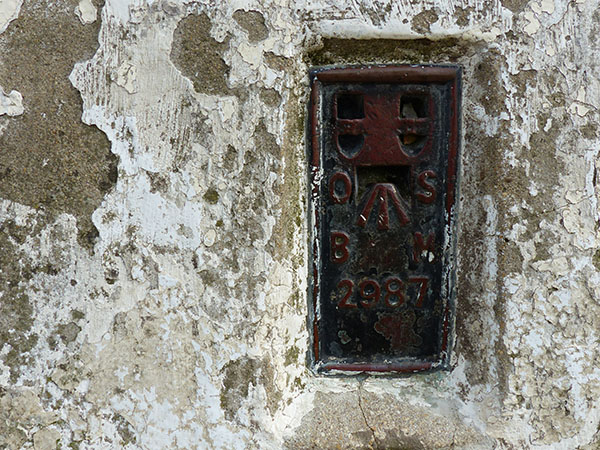
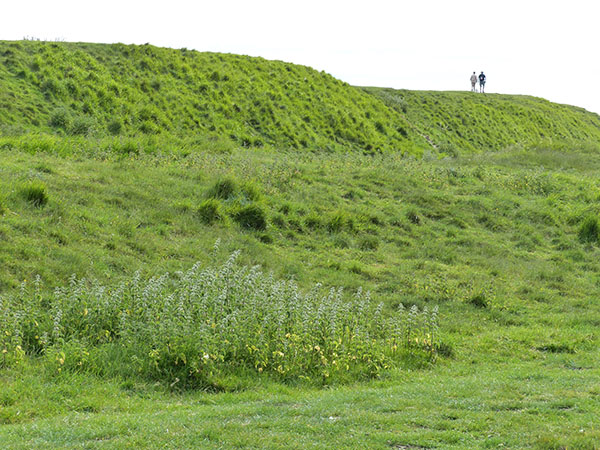
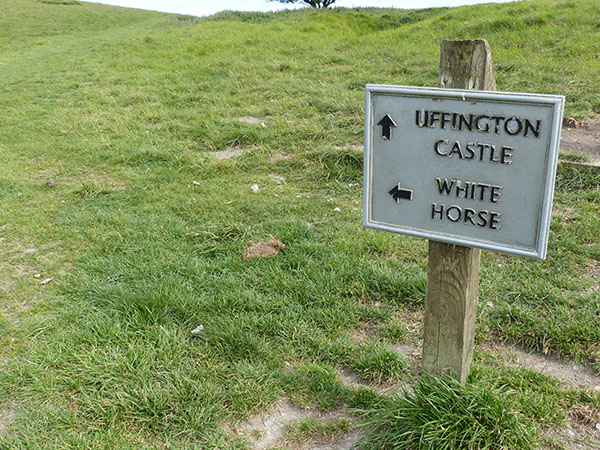
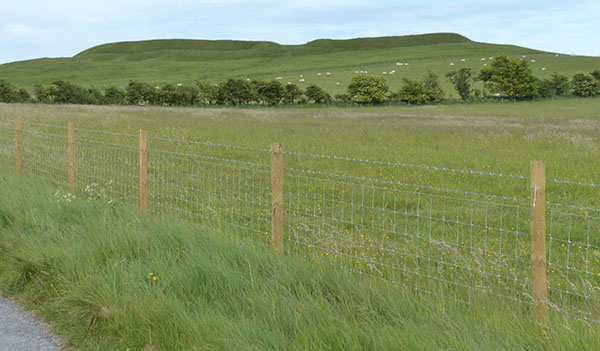
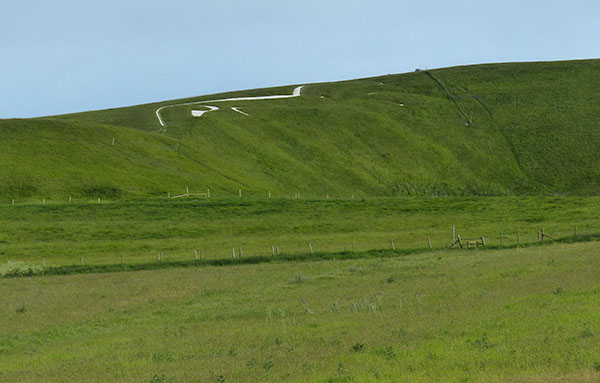

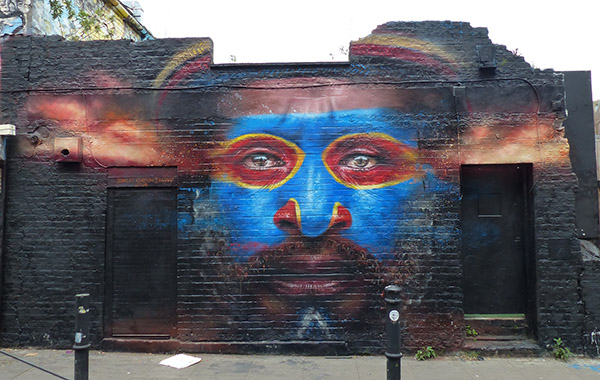
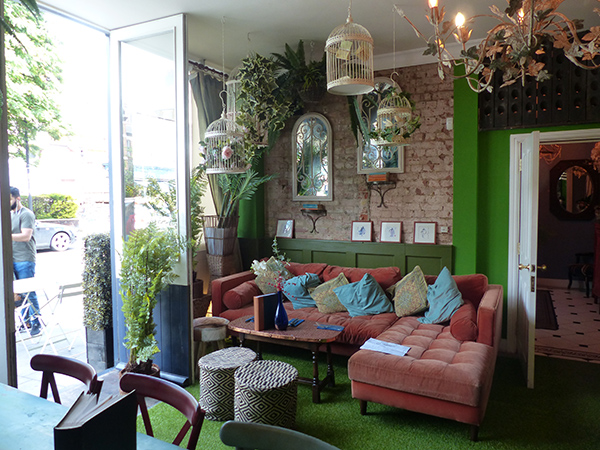
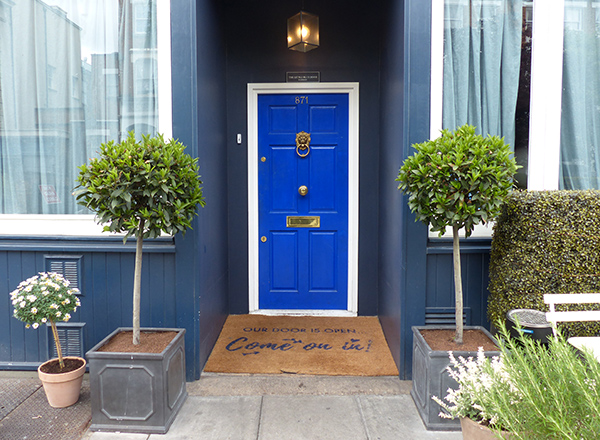
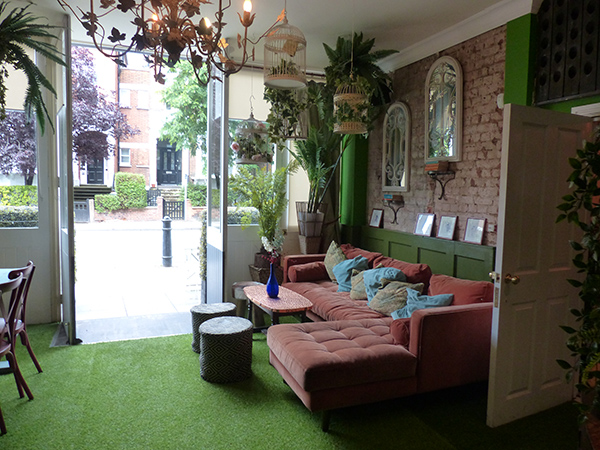
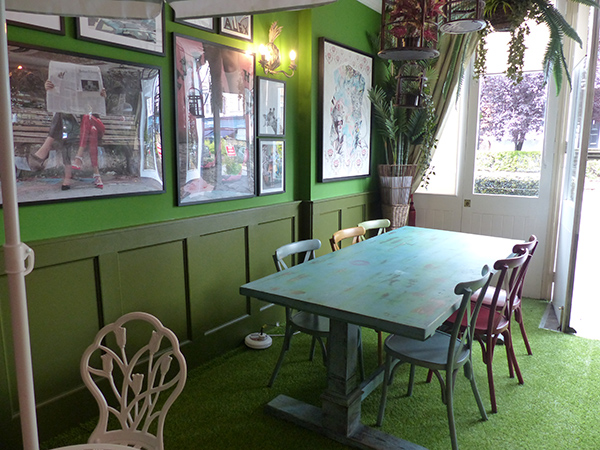


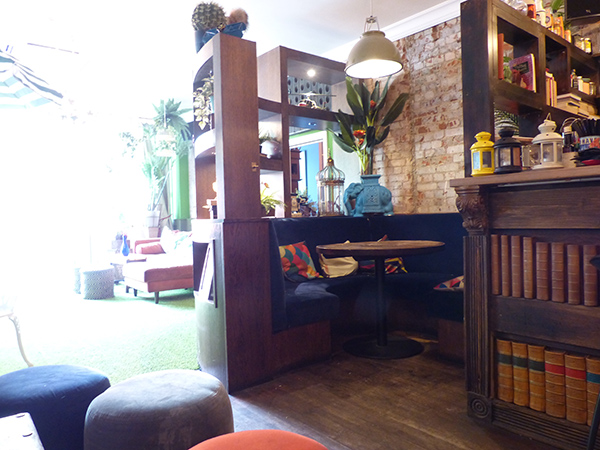
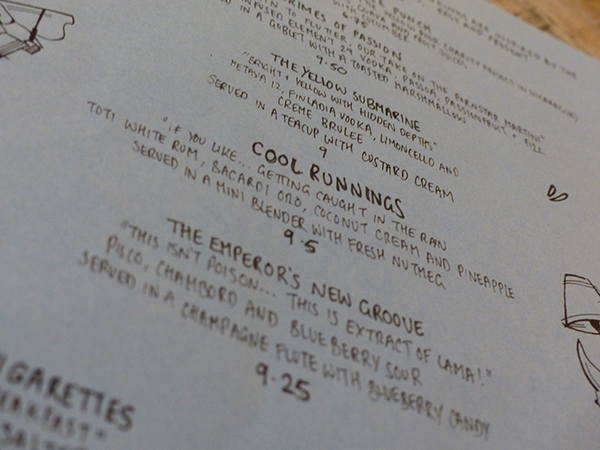
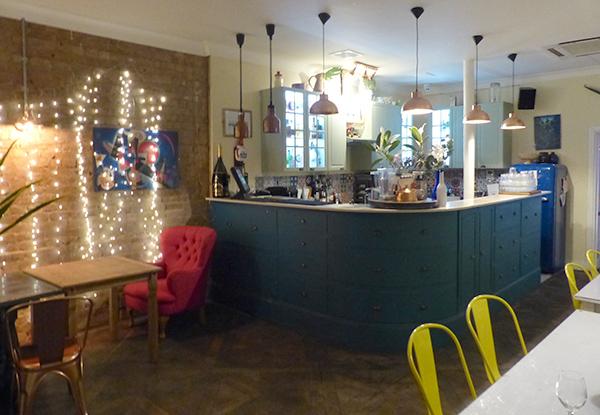
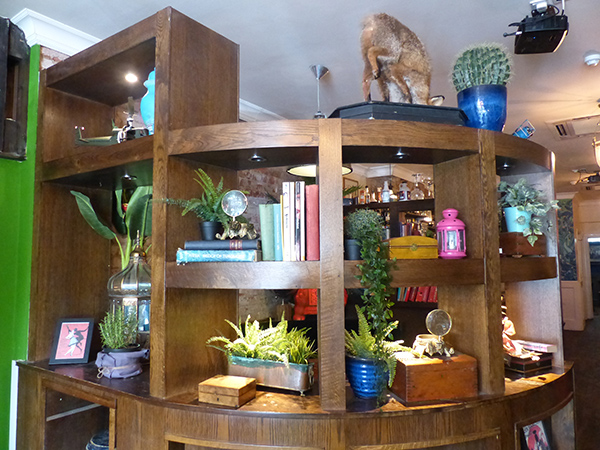
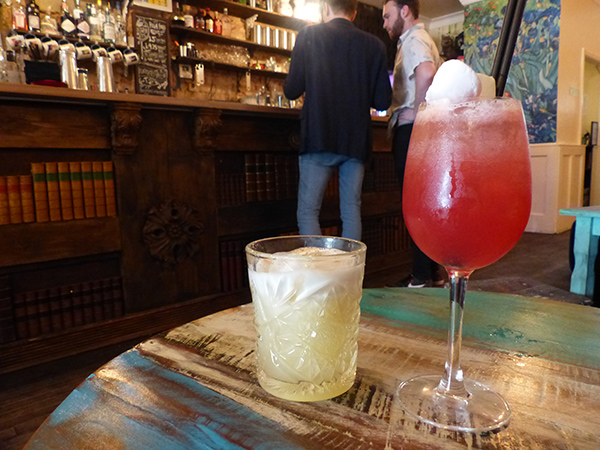
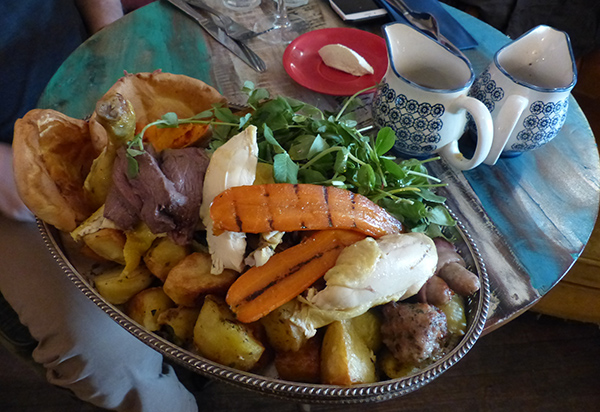
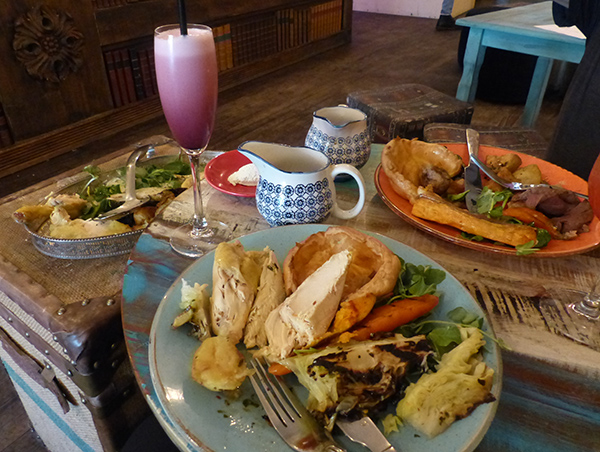

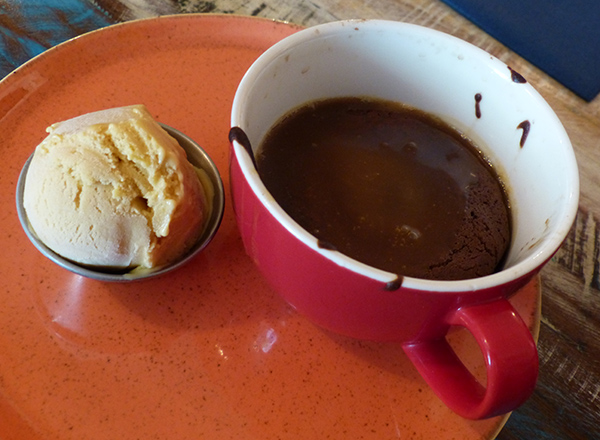


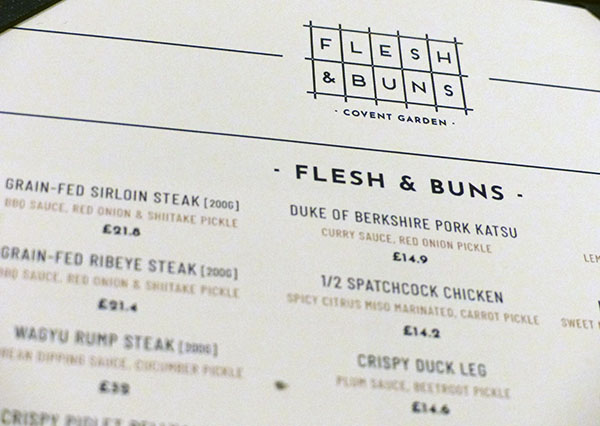
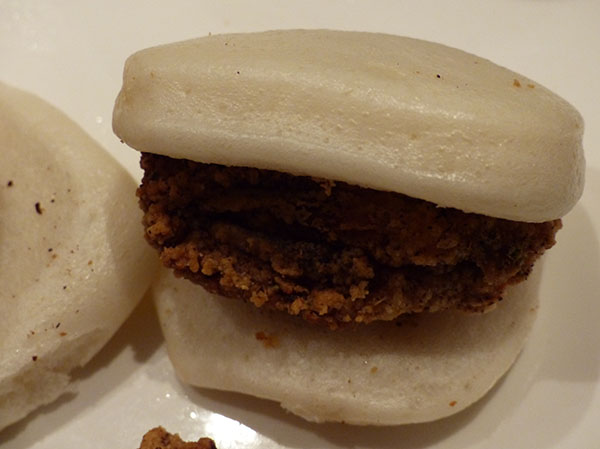
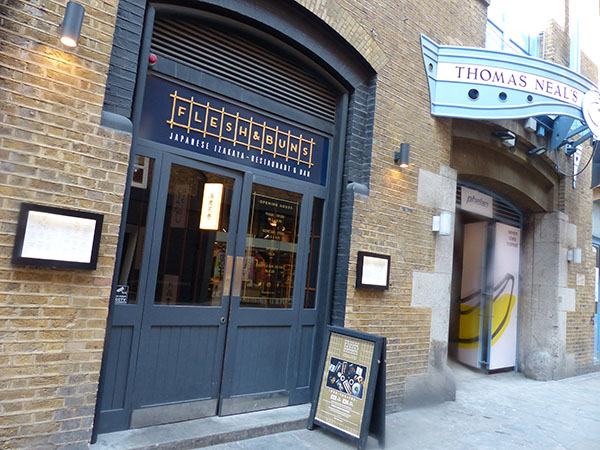





















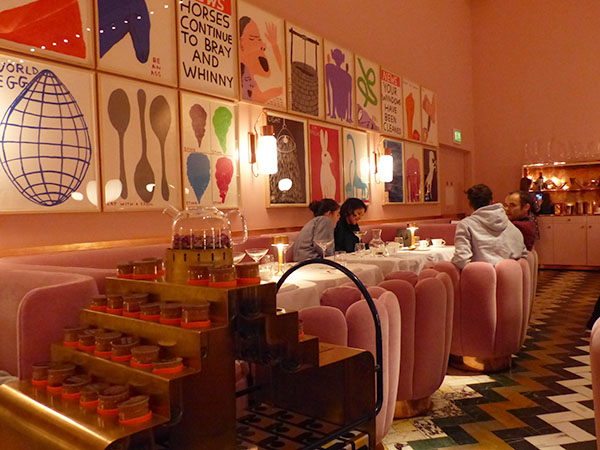
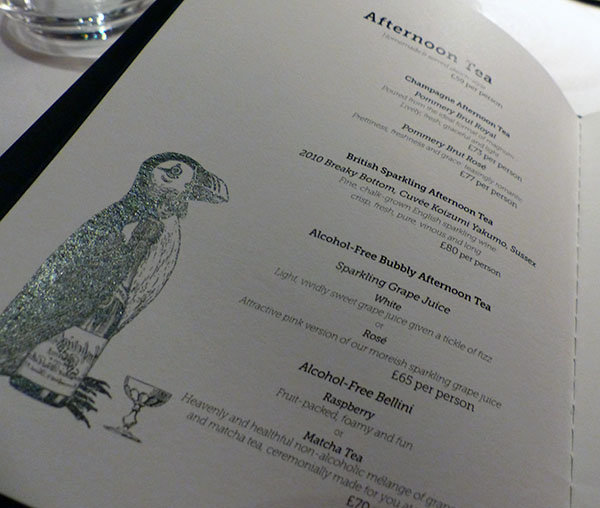

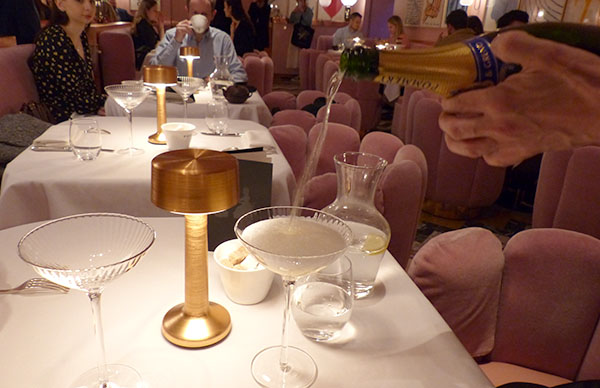
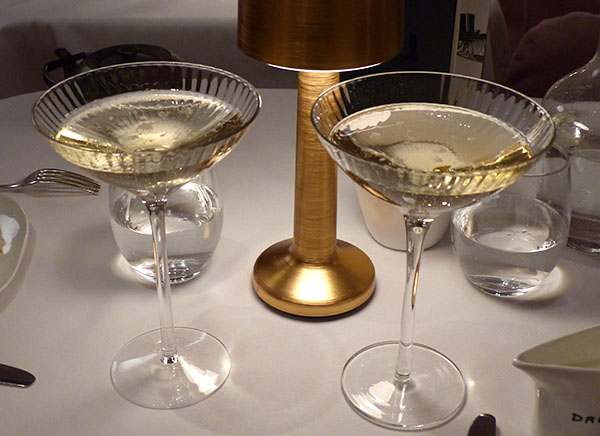
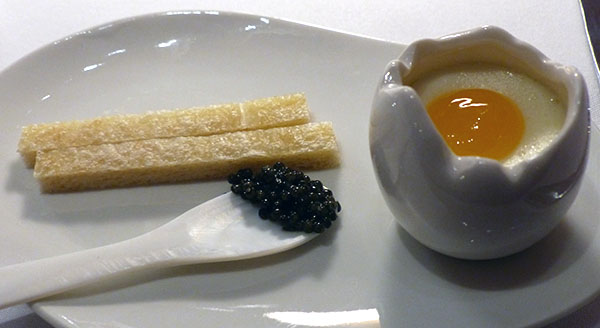
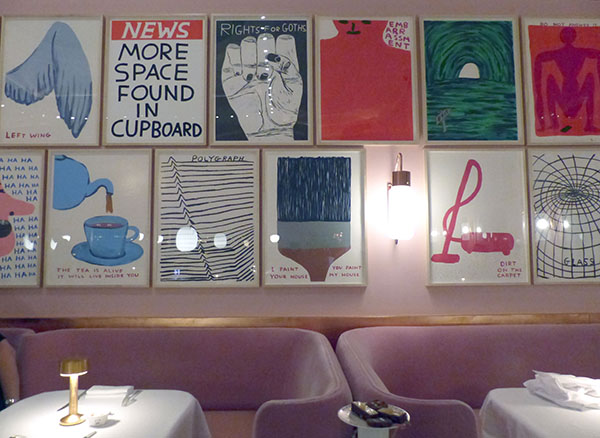
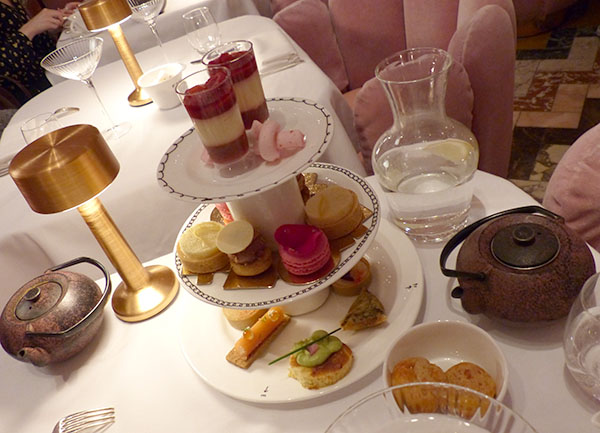
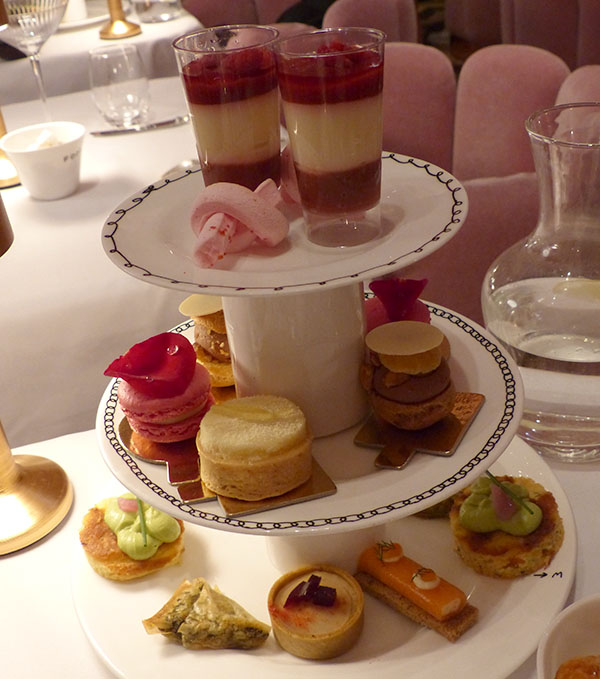
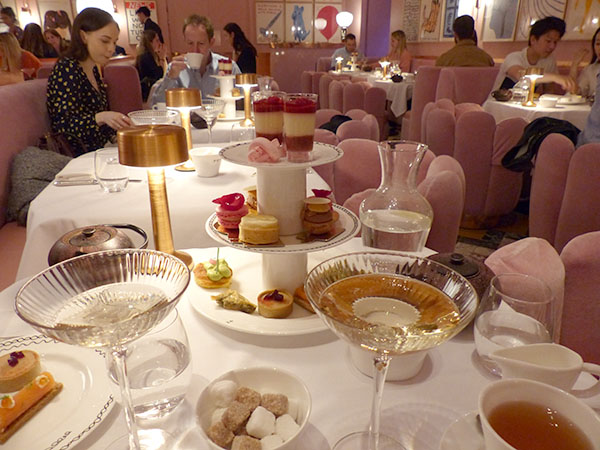
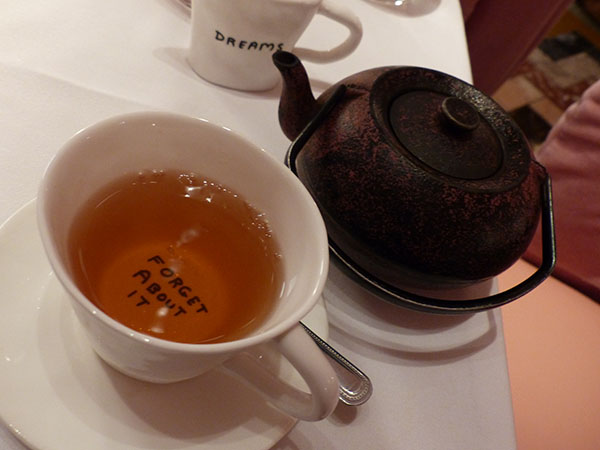
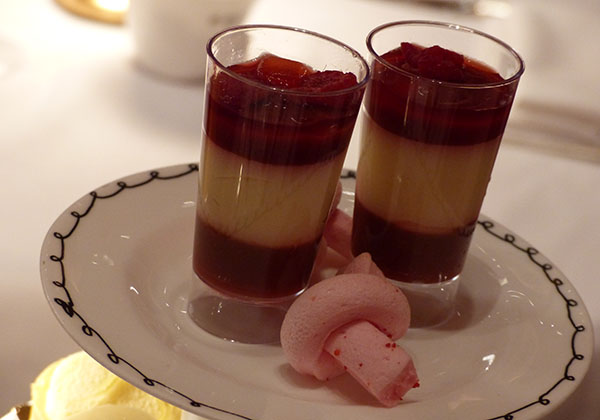
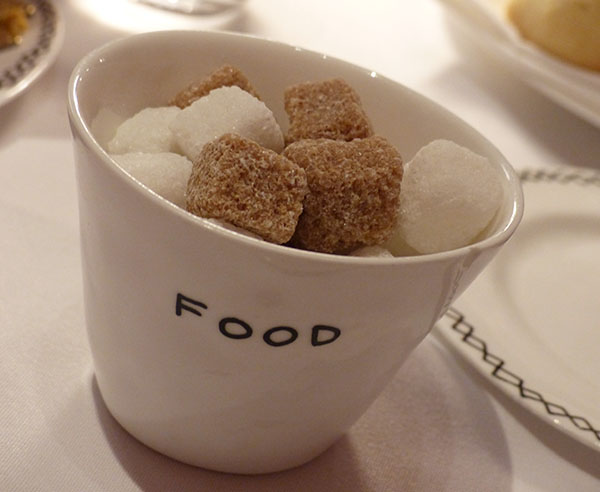
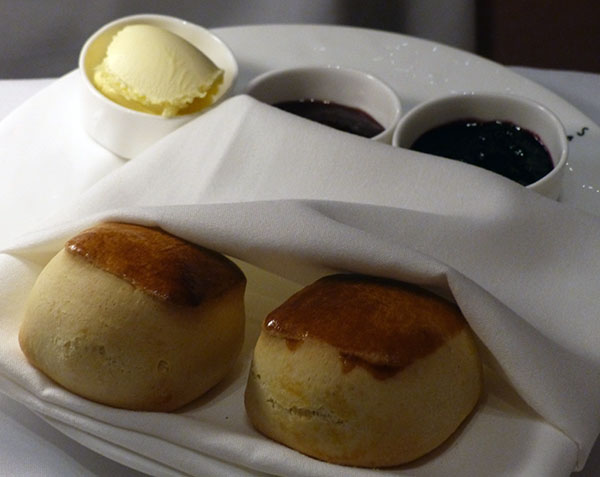
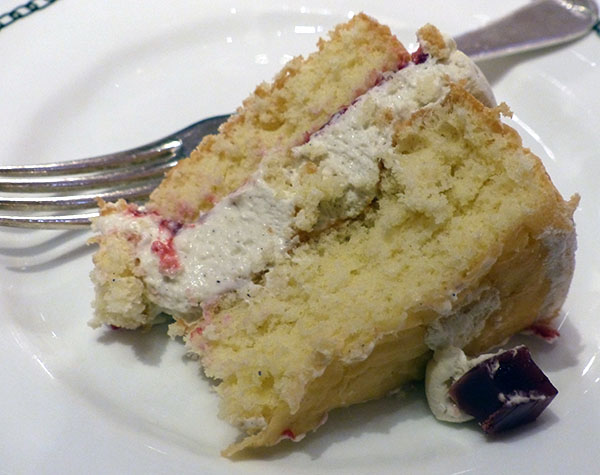
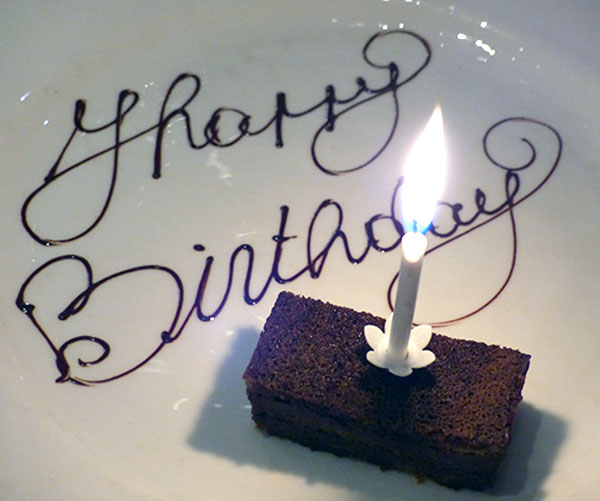
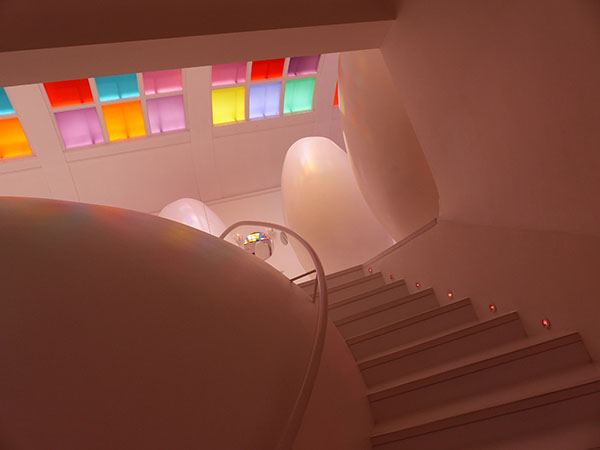

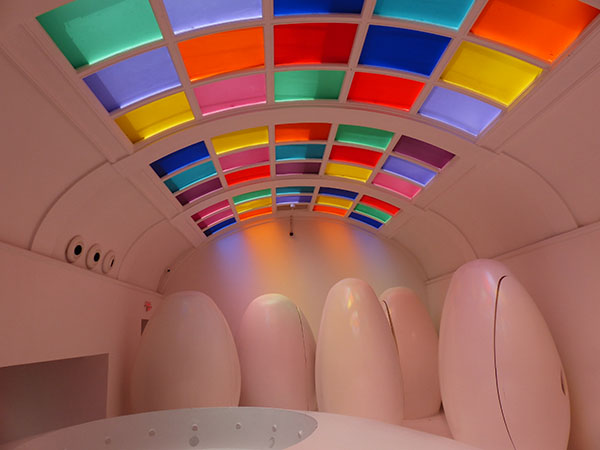


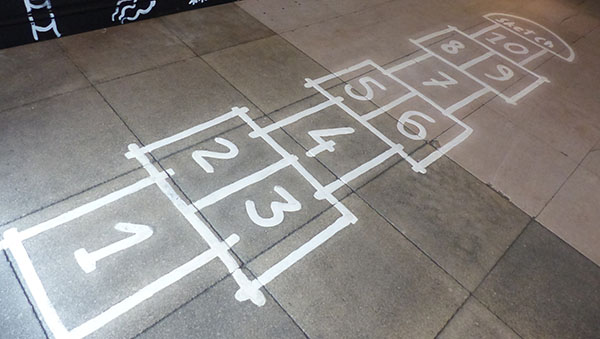
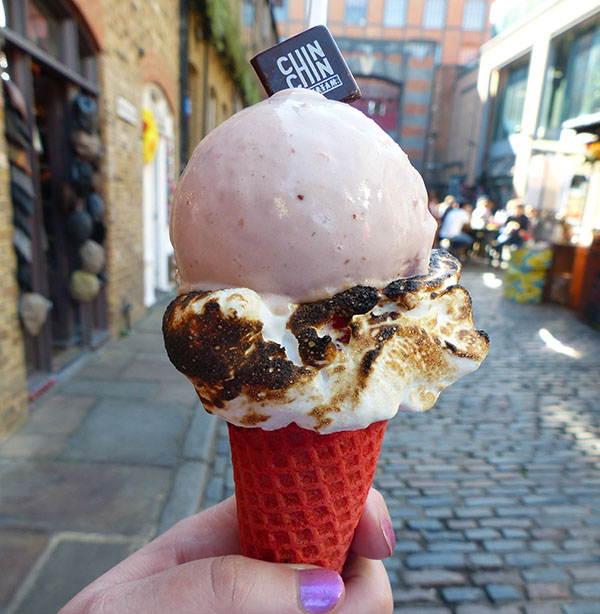
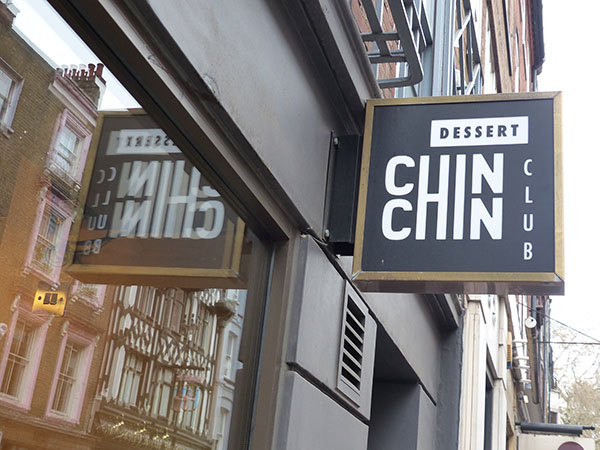

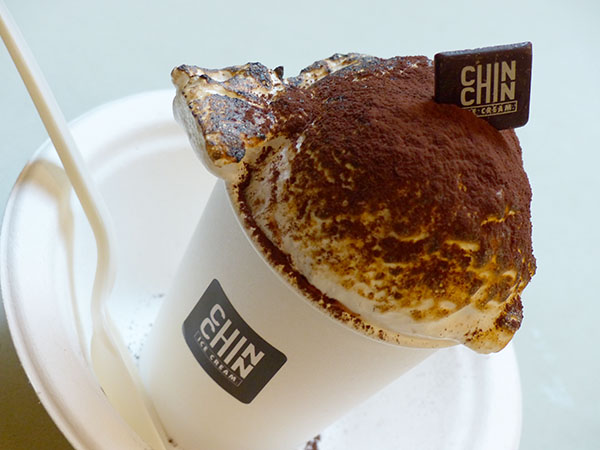
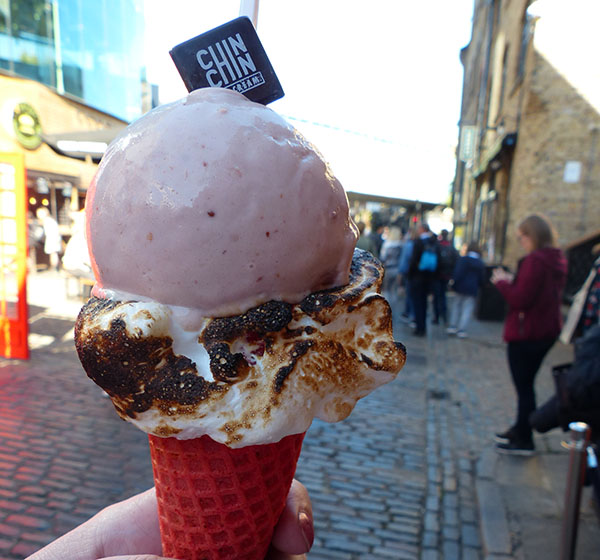
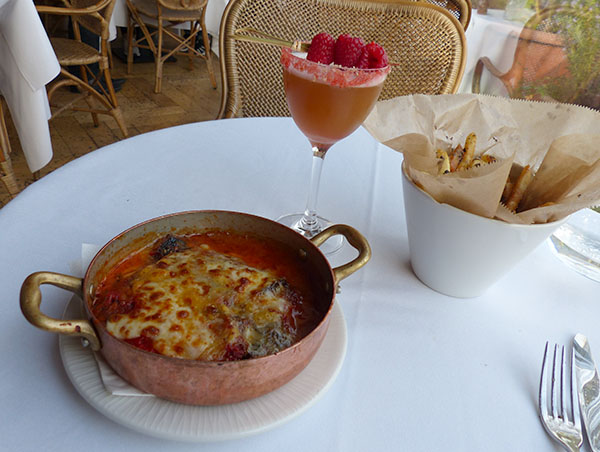
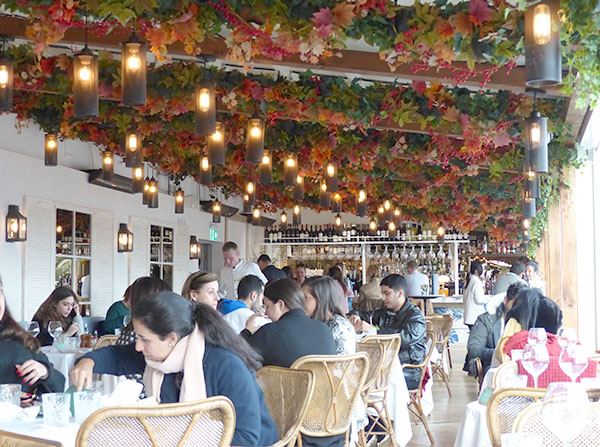
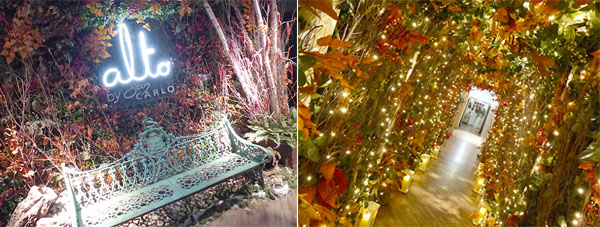
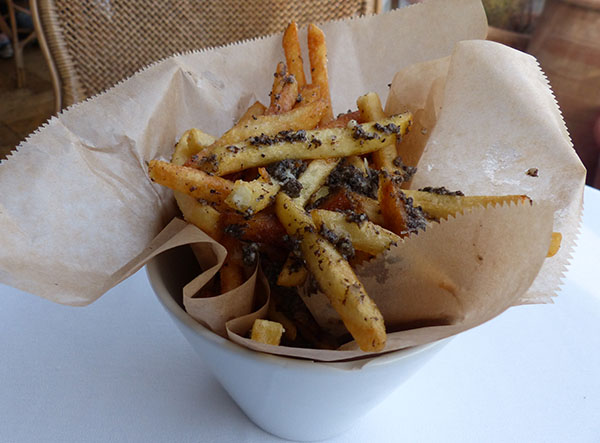

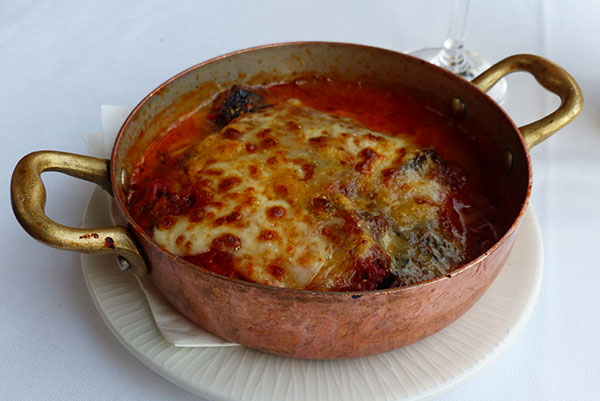








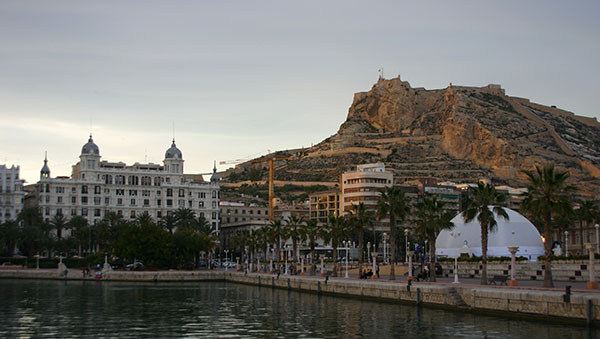

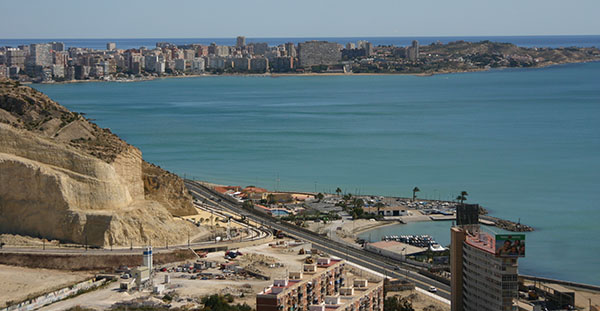
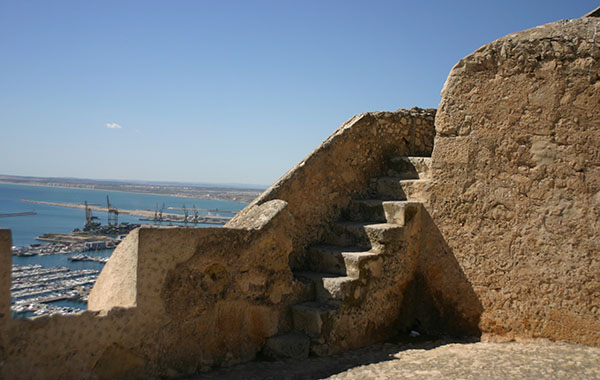

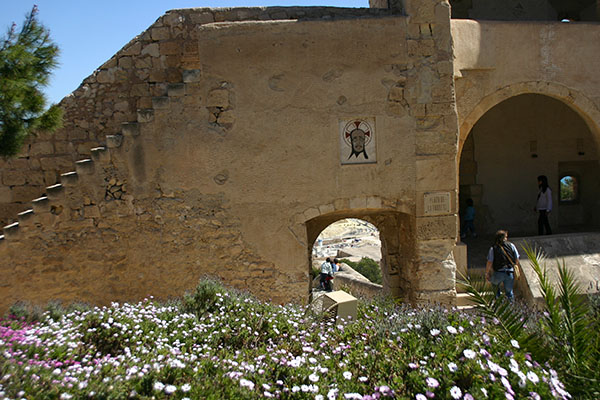
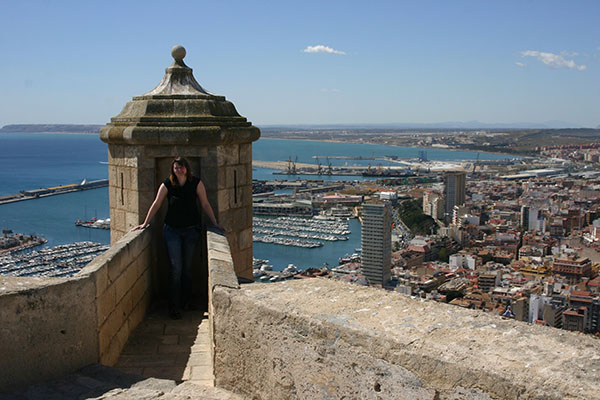
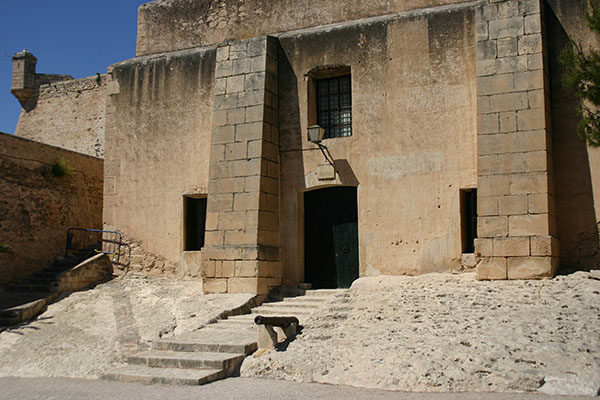
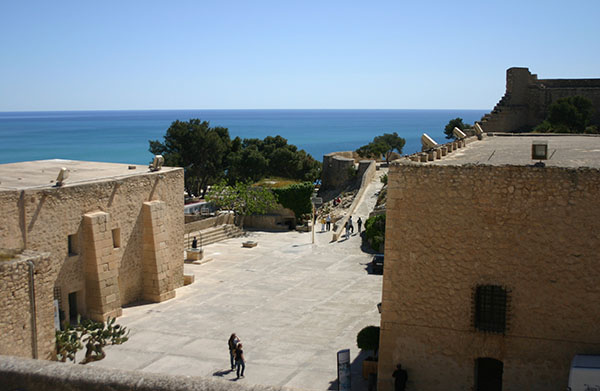
Recent Comments